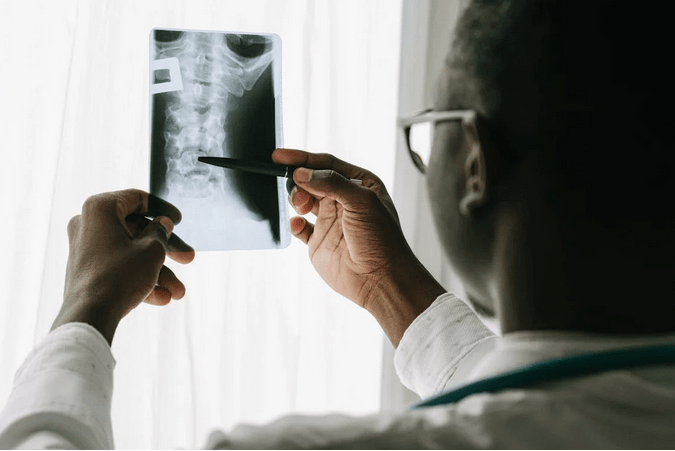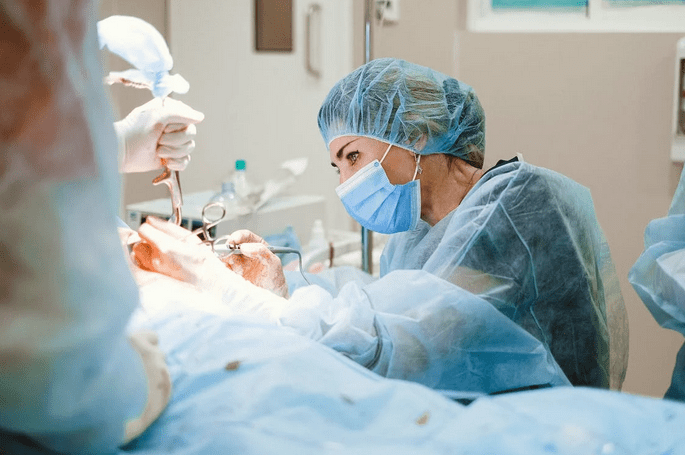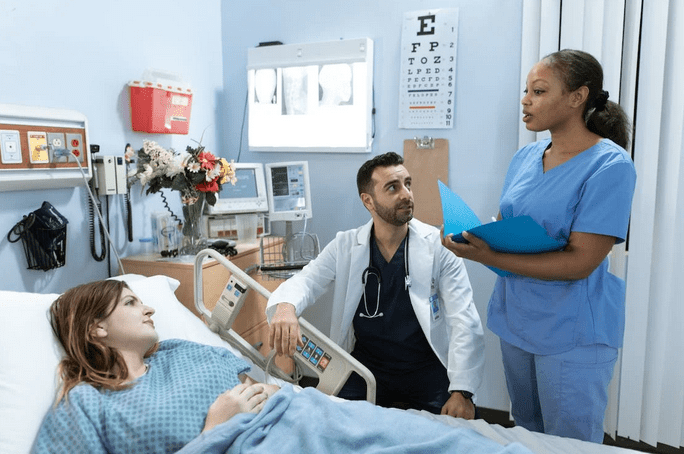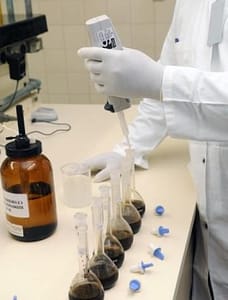Advances in medical imaging have transformed how doctors diagnose and treat digestive conditions. For many people, the idea of an endoscopic procedure once brought feelings of worry about discomfort or long recovery times. Today, new-generation devices and refined methods have changed that completely. A skilled colonoscopy doctor in Singapore can now perform procedures that are faster, more accurate, and far more comfortable than before. Modern endoscopy focuses on both effectiveness and patient well-being—using enhanced visualization, gentle techniques, and improved sedation control to make screening safer and less intimidating. Here are the major advantages of today’s endoscopy technology that highlight how patient care continues to move in a safer and more compassionate direction.
Enhanced Imaging for Precise Detection

The first and most significant advantage of modern endoscopy technology is high-definition imaging. Older endoscopes provided limited visibility, sometimes missing smaller or flat lesions. Current systems offer crystal-clear images that allow physicians to detect even the most subtle abnormalities in the digestive tract. Advanced features such as narrow-band imaging and digital magnification make it easier to differentiate between harmless and potentially risky tissue. This precision leads to earlier diagnosis, fewer repeat procedures, and better overall outcomes. High-quality imaging also supports safer removal of polyps during procedures, reducing the chances of complications. With such clarity, medical professionals can work confidently, minimizing risks and improving the accuracy of every examination.
Minimally Invasive Techniques That Reduce Discomfort
Modern endoscopy is built on the principle of minimal invasiveness. Earlier generations of instruments could cause discomfort due to air inflation and the rigidity of the equipment. Newer tools use flexible scopes, water-assisted methods, and carbon dioxide insufflation to reduce pressure and bloating sensations significantly. These techniques help maintain natural body comfort while still providing a complete examination. For many patients, these improvements make the procedure manageable even with light or no sedation. Less air means less cramping, while flexible scopes adapt smoothly to the colon’s natural curves. The result is a faster recovery and a much more pleasant experience overall—proof that medical progress can directly improve how patients feel during and after a test.
Improved Sedation Options for Comfort and Safety

Comfort is a top priority for patients undergoing endoscopy. Modern sedation options allow doctors to customize the level of relaxation based on individual needs. Some prefer to remain awake but calm under conscious sedation, while others choose deeper sleep-like states for maximum comfort. With new sedative agents and precise monitoring systems, patient safety has improved dramatically. Sedation levels can now be adjusted instantly if necessary, preventing complications such as low blood pressure or slowed breathing. These innovations also mean that recovery time is shorter, allowing most patients to resume regular activities within hours. The ability to balance safety and comfort through modern sedation has made endoscopy procedures accessible to a wider range of people, including those who previously feared discomfort.
Real-Time Diagnostic Capabilities
One of the major breakthroughs in modern endoscopy is the ability to make immediate clinical decisions during a single procedure. Doctors can now examine, diagnose, and even treat issues all at once. For example, if a polyp or abnormal growth is detected, it can be removed on the spot without scheduling a separate session. This integrated approach saves time, reduces anxiety, and eliminates the need for repeated preparation and sedation. Real-time data transmission and digital image storage also allow specialists to review findings more thoroughly and share information seamlessly with other healthcare providers. By combining diagnosis and treatment into one step, modern endoscopy reduces waiting periods and enhances patient safety through swift, informed action.
Faster Recovery and Fewer Complications

Modern endoscopy emphasizes gentle handling and controlled procedures, which translate into quicker recovery and fewer side effects. Using water instead of air to expand the colon reduces irritation, while advanced suction systems efficiently clear residue without causing discomfort. These refinements lower the likelihood of minor bleeding or bloating afterward. Patients can usually return home within a short time, with minimal restrictions. Furthermore, improvements in sterilization and scope design have reduced infection risks to a …







 One key to successful weight loss is creating a caloric deficit. This means consuming fewer calories than you burn through daily activities and exercise. Tracking your calorie intake with a food journal or calorie tracking app can help you stay on top of your goals and avoid overeating. While it may be tempting to turn to processed or convenience foods during busy days, these often lack essential nutrients and can hinder weight loss progress.
One key to successful weight loss is creating a caloric deficit. This means consuming fewer calories than you burn through daily activities and exercise. Tracking your calorie intake with a food journal or calorie tracking app can help you stay on top of your goals and avoid overeating. While it may be tempting to turn to processed or convenience foods during busy days, these often lack essential nutrients and can hinder weight loss progress.









 How you care for yourself during the surgery preparation period is critical. Be sure to get plenty of rest, drink lots of fluids, and maintain a healthy diet. Also, talk to your doctor about any current medications or supplements and ask if they should be stopped before surgery. Maintaining good hygiene and keeping up with regular doctor appointments are advised to stay healthy. Finally, ensure you have a support system to lean on them for emotional support before and after the procedure.
How you care for yourself during the surgery preparation period is critical. Be sure to get plenty of rest, drink lots of fluids, and maintain a healthy diet. Also, talk to your doctor about any current medications or supplements and ask if they should be stopped before surgery. Maintaining good hygiene and keeping up with regular doctor appointments are advised to stay healthy. Finally, ensure you have a support system to lean on them for emotional support before and after the procedure.
 One of the benefits of oral probiotics is that they can help to prevent plaque buildup. Plaque is sticky film of bacteria forming on your gums and teeth. If not removed, it might harden, turning into tartar. This can cause gum disease, which can lead to tooth loss. Oral probiotics can help to reduce plaque buildup by keeping the balance of bacteria in your mouth healthy.
One of the benefits of oral probiotics is that they can help to prevent plaque buildup. Plaque is sticky film of bacteria forming on your gums and teeth. If not removed, it might harden, turning into tartar. This can cause gum disease, which can lead to tooth loss. Oral probiotics can help to reduce plaque buildup by keeping the balance of bacteria in your mouth healthy. Oral probiotics can also help to decrease inflammation from gum disease. Gum disease is an infection of the gums that can cause redness, swelling, and bleeding.
Oral probiotics can also help to decrease inflammation from gum disease. Gum disease is an infection of the gums that can cause redness, swelling, and bleeding.
 One of the most common mistakes people make when starting intermittent fasting is not giving themselves enough time to adjust. When you first start fasting, your body will go through a period of adjustment as it gets used to running on stored energy (fat) rather than food. This adjustment period can take a few days or even a few weeks. During this time, you may experience hunger pangs, cravings, or low energy levels. It’s essential to stick with it during this period and not give in to your cravings. Your body will eventually adjust, and these symptoms will go away.
One of the most common mistakes people make when starting intermittent fasting is not giving themselves enough time to adjust. When you first start fasting, your body will go through a period of adjustment as it gets used to running on stored energy (fat) rather than food. This adjustment period can take a few days or even a few weeks. During this time, you may experience hunger pangs, cravings, or low energy levels. It’s essential to stick with it during this period and not give in to your cravings. Your body will eventually adjust, and these symptoms will go away.
 Exercising during your feeding window is perfectly fine. Still, you need to ensure you’re eating enough to support your activity level. You may experience low energy levels or other problems if you’re not eating enough calories. Make sure you’re getting enough protein and carbs to refuel your muscles, and drink plenty of water before, during, and after your workout.
Exercising during your feeding window is perfectly fine. Still, you need to ensure you’re eating enough to support your activity level. You may experience low energy levels or other problems if you’re not eating enough calories. Make sure you’re getting enough protein and carbs to refuel your muscles, and drink plenty of water before, during, and after your workout.




 The product comes with a one-year money back guarantee,
The product comes with a one-year money back guarantee, Nerve Renew is certainly a high-quality supplement which holds a lot of promise for a great number of neuropathy sufferers worldwide. It is advisable to try it and see whether it can improve your condition.…
Nerve Renew is certainly a high-quality supplement which holds a lot of promise for a great number of neuropathy sufferers worldwide. It is advisable to try it and see whether it can improve your condition.…